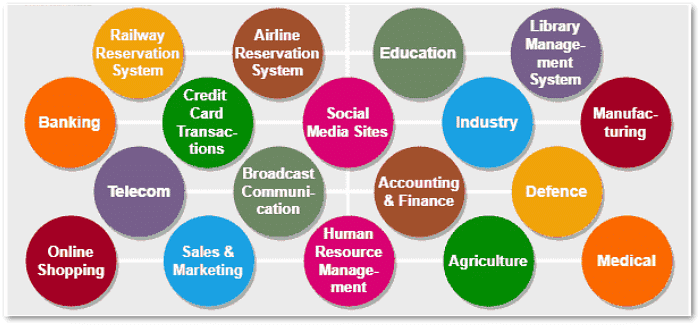Year 6 Exam > Year 6 Notes > Year 6 Computing > Working with data
Working with data | Year 6 Computing PDF Download
Uses for Data
- Data Information in Numeric Form: Data collected in the form of numbers is highly valuable.
- Decision Making and Question Answering: Data aids in decision-making processes and provides answers to various questions.
- Challenges with Large Data Sets: Sorting through large volumes of data can be time-consuming, emphasizing the importance of organizing data efficiently.
Creating databases
- A database is a method of storing data so it can be compared and utilized.
- Data can be recorded as:
- Numbers
- Words
- Pictures
- When setting up a database, consider the information you need to collect. You may also need to design specific questions to help gather the necessary data to answer your queries.
- Trading cards are an example of a database where the same data is collected for each monster.
- We can't answer the question "Which monster likes the color pink?" with the existing data because we asked "What is your favorite color?"
- For instance, Albert said his favorite color is yellow, but this doesn't mean he dislikes pink.
- If we asked, "Do you like pink?" we would be able to answer the question.
Organising databases
This database is being utilized to record information about all the toys in a bedroom.
Using databases on a computer
- There are many advantages to using a computer database.
- Computer databases can have many fields for each record and can store thousands of records.
- It would require a lot of paper to store the same amount of data as a computer database.
- One advantage of a computer database is the ability to order information in specific ways. This is called ordering.
- Data can be organized alphabetically or numerically, starting with the lowest or highest number.
- Ordering allows us to answer questions like:
- Which monster has the fewest eyes?
- Which monster is the tallest?
- Which monster's name comes first alphabetically?
- We can also instruct the computer to show data that matches certain conditions in one or more fields, called filtering.
- For example, we could filter to show only monsters taller than a certain height or whose names start with A, B, C, or D.
- Filtering helps us find answers to questions like:
- Which monsters can roar louder than 130 decibels?
- Which monsters have fewer than 5 eyes?
- Which monsters chose pink as their favorite color?
- While these questions could be answered using a paper database, it would require looking through every record manually.
- Using a computer to search a database is a much more efficient way to find data and answer questions.
Using databases in the real world

Question for Working with dataTry yourself: Which feature of a computer database allows for data to be organized in specific ways to answer questions efficiently?View Solution
The document Working with data | Year 6 Computing is a part of the Year 6 Course Year 6 Computing.
All you need of Year 6 at this link: Year 6
|
19 videos|26 docs|3 tests
|
FAQs on Working with data - Year 6 Computing
| 1. What are the key data points that UK schools typically provide? |  |
Ans. UK schools typically provide data on enrollment numbers, academic performance, attendance rates, student demographics, and teacher-to-student ratios.
| 2. How can parents access and interpret the data provided by UK schools? |  |
Ans. Parents can usually access school data through the school's website or by requesting it directly from the school. Schools may also provide explanations or guides to help parents interpret the data effectively.
| 3. Why is it important for schools to provide transparent data to the public? |  |
Ans. Transparent data allows for accountability and helps parents, students, and policymakers make informed decisions. It also helps schools identify areas for improvement and measure their progress over time.
| 4. In what ways can school data usage benefit students and teachers? |  |
Ans. School data usage can help identify and address student needs, track academic progress, and inform teaching practices. It can also help teachers tailor instruction to better meet the needs of individual students.
| 5. How often is school data typically updated and refreshed in the UK? |  |
Ans. School data is usually updated annually, reflecting the previous academic year. However, some data points, such as attendance rates or exam results, may be updated more frequently throughout the year.
Related Searches















